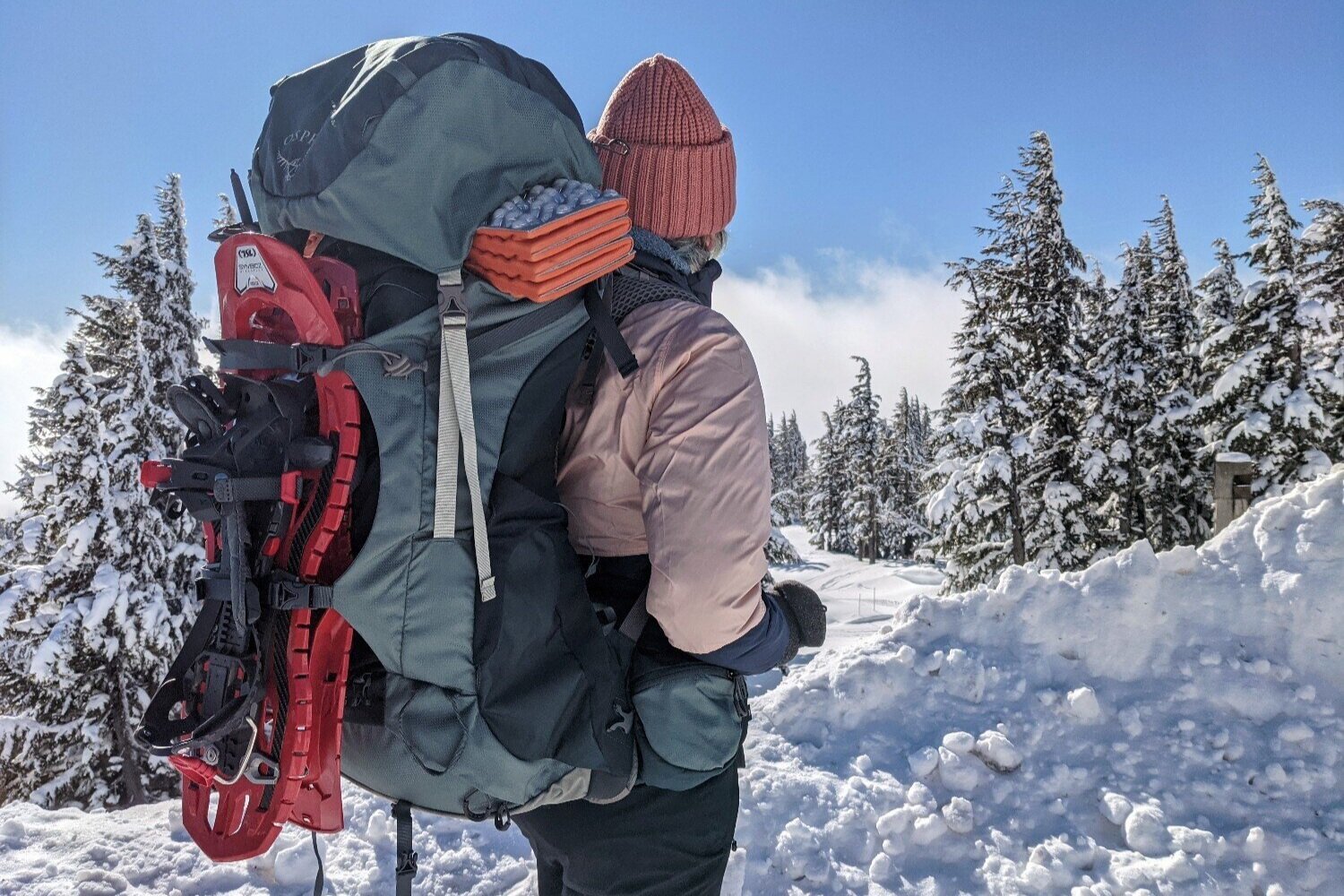
Backpack Secrets Revealed: Will You Be a Trekker or a Porter?
Backpack Secrets Revealed For Trekkers
“If your backpack is wrong, your trek is gone.” – Every seasoned trekker ever.
Picture this: you’re on a 12 km uphill trek, the trail is slippery, air is thin, and your backpack… feels like it’s trying to break your spine. Sounds familiar?
Let’s decode the true character of a backpack today — not just the size and fit, but real-life hacks, unnecessary extras, and those “wait, this exists?” kind of features that actually matter on a trek.
1. Don’t Just Know the Size — Understand the Logic
Don’t get caught up in litre confusion.
The real question is: what are you carrying?
Quick Backpack Size Guide:
| Capacity | Use Case |
|---|---|
| 25L | Just you & your thoughts (and snacks) |
| 40L | One-night swag bag |
| 60L | Multi-day trek + cold weather gear |
| 75L+ | You’re not trekking, you’re relocating! |
Pro Tip: Always pack with this rule — lightest gear on top, bulkiest at the bottom. Less sway, more stability.
2. Fit: Yes, There’s a Backpack Made Just for Your Back
This isn’t a T-shirt where L or XL works. Your backpack should align with your spine and movement.
Fit Checklist:
-
Torso length match? (Measure it. Don’t guess!)
-
Is the hip belt sitting right ON your hip bones? (Not below the navel!)
-
Load-lifter straps angled at 45°? (Yes, angles matter!)
Pro Tip: Try a fully-loaded pack in-store — and climb stairs. That’s the real test.
3. Hidden Features That Become Heroes on the Trail
If your backpack is just one giant sack, you’re carrying stress — not gear.
Features You’ll Thank Later:
-
Rain cover (built-in = jackpot!)
-
Hydration bladder compatibility (hands-free water sipping = bliss)
-
Zippered bottom access (so you don’t dump your whole bag to reach socks)
-
Whistle + sternum strap (in case you get lost)
-
Secret pocket (for cash, IDs, first-aid essentials)
Pro Tip: Open every pocket when you buy it — if it surprises you, it’s a win.
4. Backpacking for Indian Terrain – Real Talk
For budget-conscious trekkers:
| Brand | Best For | Price Range |
|---|---|---|
| Decathlon Forclaz | Beginner-friendly, lightweight | ₹4,000–₹7,000 |
| Wildcraft | Rugged Indian treks | ₹3,000–₹9,000 |
| Tripole Colonel | Long expeditions, heavy gear | ₹5,000–₹10,000 |
Pro Tip: If you’re heading to Himachal or Uttarakhand — ask the local porters which brand they trust most. They know.
5. Advanced Trekker Mode: Features You Didn’t Know You Needed
-
Modular design: Detachable daypacks are a gift.
-
Reflective strips: Crucial for night hikes.
-
Snow gear loops: For ice axe, crampons, etc.
-
Suspended mesh back panel: Feels like air flowing on your back.
Pro Tip: Carry a zip tie + duct tape combo — it fixes zippers and straps mid-trail when all else fails.
In Short: Did You Carry the Backpack, or Did It Carry You?
A good backpack means a safe, sane, and enjoyable trek.
It balances your comfort, holds your essentials, and disappears into your rhythm — the less you notice it, the better it’s working.
Questions You Must Ask Before Buying
1. Do I understand every feature of this backpack?
Answer:
If you’re not sure what each strap, loop, or zipper is for — you’re not ready to buy it yet.
Understanding features like:
-
Load-lifter straps: Pull weight closer to your body
-
Compression straps: Keep gear tight and stable
-
Hydration bladder compartment: Lets you drink water without stopping
-
Sternum strap with whistle: Adds stability + helps in emergencies
-
Sleeping bag compartment: Access bulky items without unpacking the whole bag
…means you’ll use your backpack efficiently, not just carry it blindly.
Bottom line: If a feature looks fancy but you don’t know its purpose — ask or research before swiping that card.
2. Is it still comfortable when fully loaded?
Answer:
A backpack that feels great empty may betray you once you load it with 12–15 kg of real gear.
Check for:
-
Proper load distribution: Most weight on your hips, not your shoulders.
-
Adjustable torso length: Matches your back, preventing strain
-
Cushioned hip belt & shoulder straps: Reduces fatigue on long treks
-
Ventilated back panel: Prevents sweaty discomfort
Test it: Load the backpack with weights (ask store staff or use water bottles), tighten all straps, and walk or climb stairs for 5–10 minutes. If your shoulders or lower back complain — it’s not your bag.
3. Will it survive at least five rough treks with me?
Answer:
A good trekking backpack isn’t just about comfort — it’s about reliability under pressure.
Look for:
-
Strong build materials (Ripstop Nylon, Cordura)
-
Reinforced stitching and bar-tacked load points
-
YKK zippers or similar quality hardware
-
Weather resistance (PU/DWR coating, included rain cover)
Check real user reviews, especially for:
-
Zipper failures
-
Shoulder strap tearing
-
Water resistance performance in monsoons
-
Long-term use feedback (after 6–12 months)
Bottom line: Your backpack should handle rain, rocks, rough handling, and a few accidental drops without falling apart.

